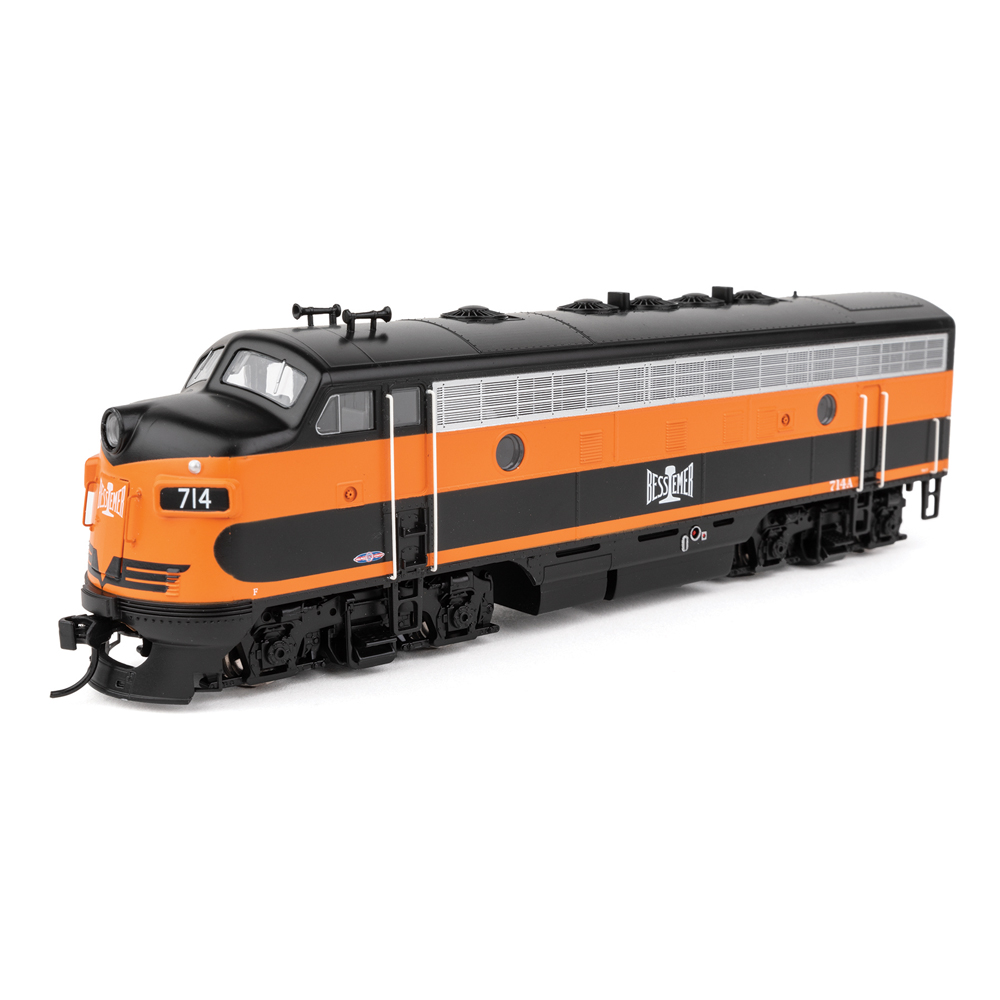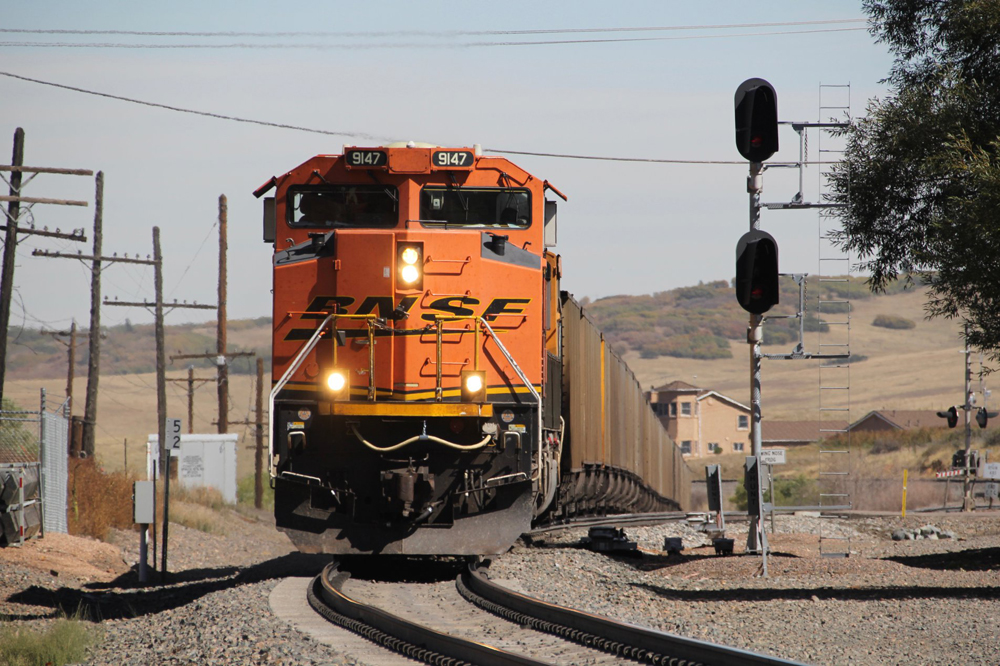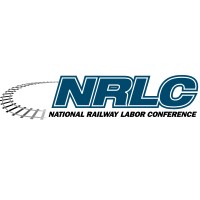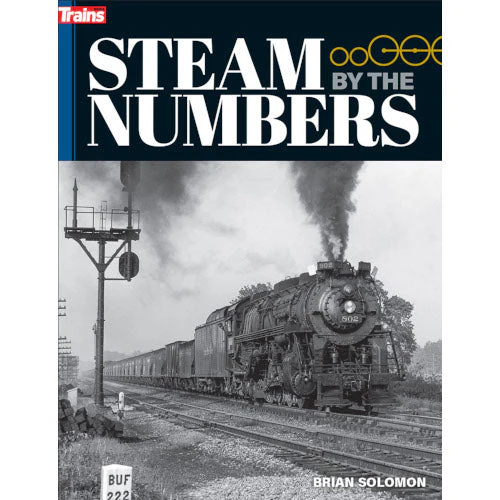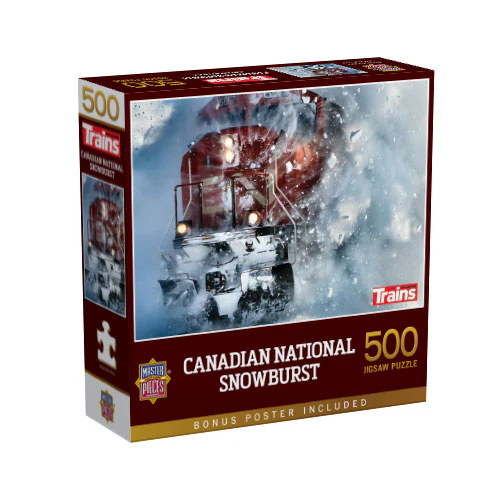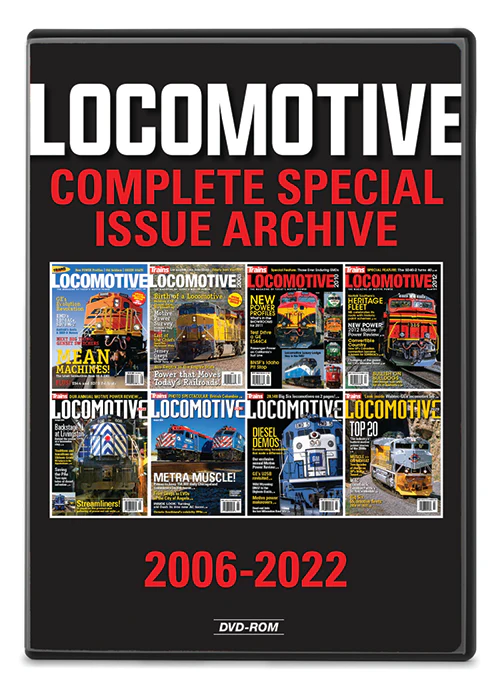Railroad volumes are beginning to show signs of early recovery after the sharp downturn that accompanied the coronavirus pandemic, executives from four Class I railroads told an investor conference on Tuesday.
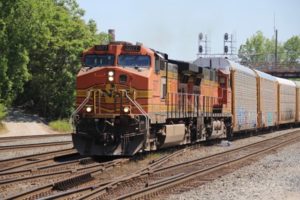
CN’s volumes have shown modest but uneven improvement from week to week. “This tells us that the recovery will be slow, probably choppy, and it will take a while for the improvement in demand to stick,” Chief Financial Officer Ghislain Houle says.
CN’s traffic bottomed out last month, when revenue ton-miles were down 20% compared to last year. Its June revenue ton-miles are down 17% to date.
Union Pacific, which had expected volume to decline around 25% in the second quarter, now sees traffic coming in at around a 20% decline compared to last year, Chief Financial Officer Jennifer Hamann says.
Through June 2, UP’s volume for the quarter is off by 22%. But volumes have been improving to around 135,000 carloads and intermodal units per week off a low of around 124,000 carloads.
“We’ve come off the volume lows we experienced back in April and are starting to see a more positive trend,” Hamann says. “While I think it’s probably a little too soon to make a definitive statement about hitting the bottom, business levels are looking a bit better.”
CSX Transportation CEO Jim Foote says the reopening of auto assembly plants went smoothly and helped drive increases in related lines of business, including chemicals, plastics, and steel.
“As we have moved over the last four weeks or so we have clearly seen what I think at this point in time is the bottom of the volume decline,” Foote says. “And we have been inching up week after week after week as we have moved through May and now into June. Clearly the increases are slight but the trend line is promising.”
Foote says the economic downturn related to the pandemic is an opportunity for CSX to gain market share by getting more merchandise business from existing customers who also ship by truck from their rail-served facilities.
CSX’s improved merchandise service, combined with rates that are lower than trucks, positions the railroad to capture more traffic as customers look to save money, Foote contends.
UP’s Hamann echoed those comments. UP has reduced its costs and improved its service thanks to its shift to Precision Scheduled Railroading, Hamann says, which enables the railroad to better compete with trucks.
UP has gained merchandise business in several areas, she says, including shipments of tomato paste, sweeteners, steel pipe, and recycled glass.
Kansas City Southern’s volume in May was lower than expected because of the delayed opening of auto assembly plants in Mexico.
But week-over-week volumes rose 13% as of June 6, boosted by the reopening of all but two of the assembly plants the railway serves in Mexico. The remaining two plants are scheduled to open next week.
“We believe that we’ve bottomed out and we’re seeing an upward reflection in volumes,” KCS Chief Marketing Officer Mike Naatz says.
Naatz says he expects the volume trend to continue but weekly volume may move up and down a bit as the economy recovers. Mexico, he notes, is a month or so behind the United States on the pandemic curve, which could potentially disrupt volumes.
Overall U.S. rail volume was down 20% in May.
The executives spoke at the Deutsche Bank 2020 Global Industrials & Materials Summit webcast.






